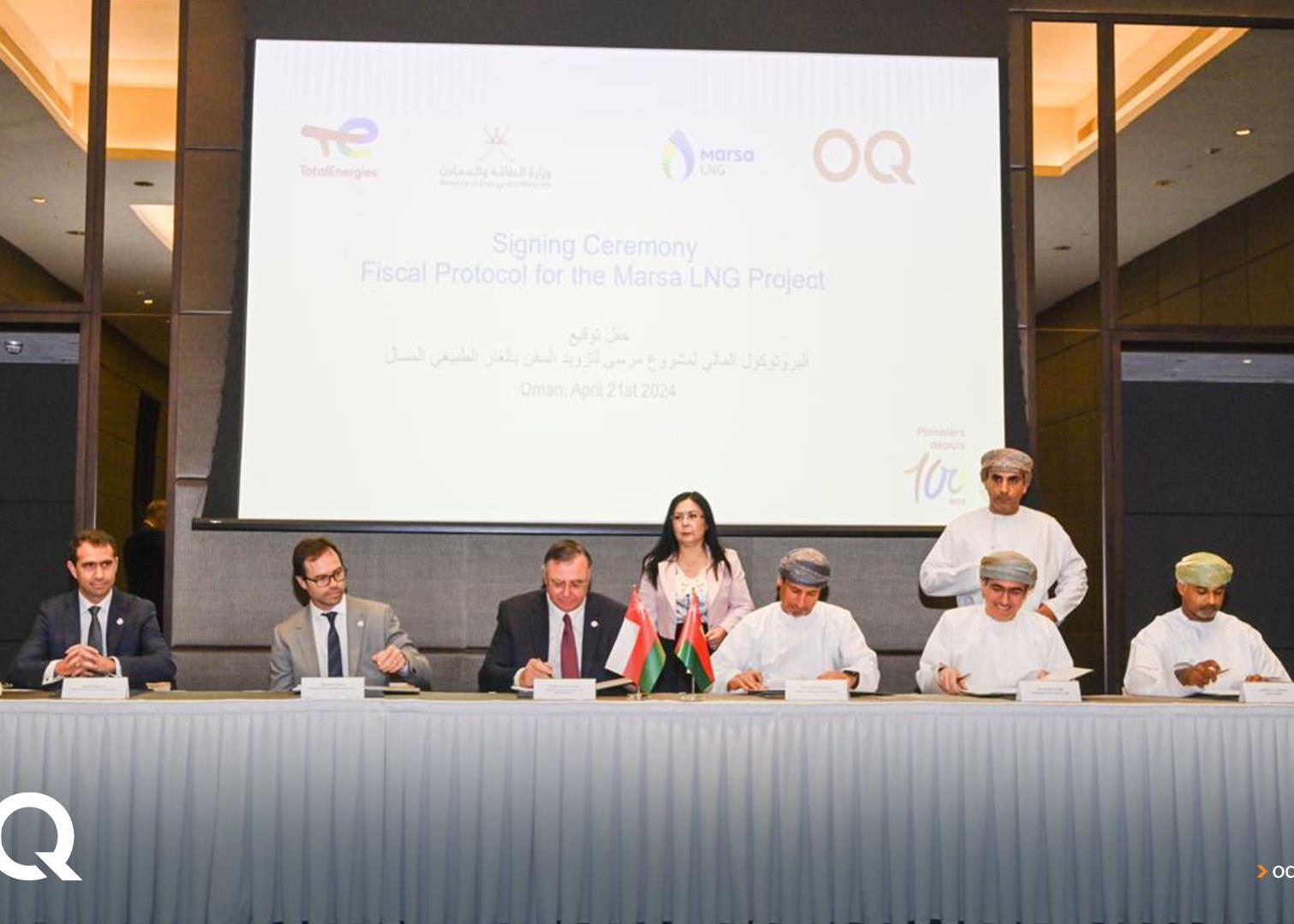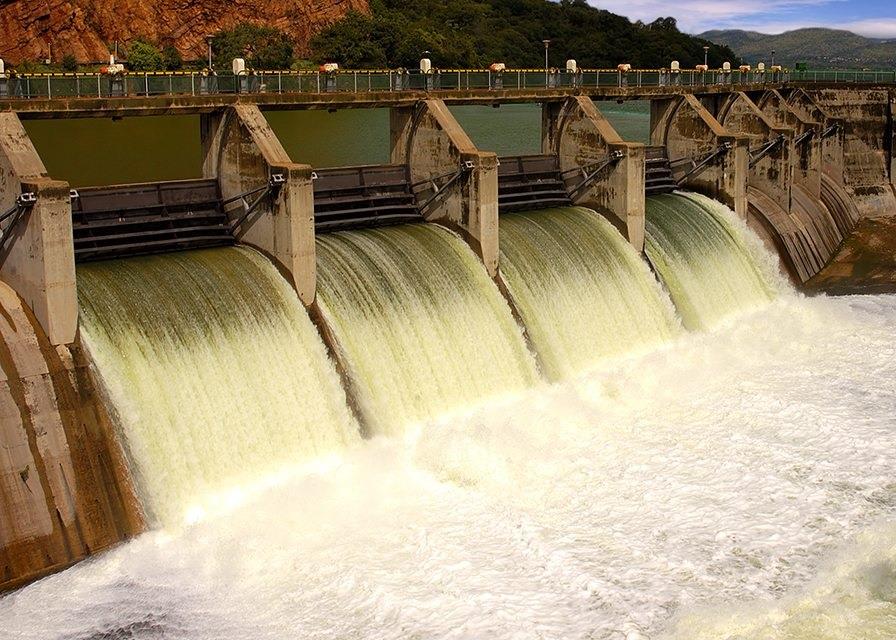

Construction companies in the Middle East understand that if they are to successfully secure profitable work and retain talent in the future, they will have to satisfy new environmental, social and governance (ESG) criteria.
Will this understanding be enough to drive positive change to the construction industry's ESG impacts? The sector accounts for 30 per cent of total greenhouse gas emissions, using up to 50 per cent of the world’s natural resources and employing 7 per cent of the global workforce, with 10 million construction workers alone in the Middle East.
ESG compliance is frequently demanded in the regional industries of Europe and North America. But new market entrants in the Middle East are attracted by lighter regulation here. Stakeholders have been able to prioritise economic growth and ambitious timescales, often to the detriment of ESG matters.
By prioritising ESG, a business can improve its corporate reputation, access funding more easily, attract and retain better talent, and increase profits and share prices
Different standards
Myriad global players in one geographical space and a regulatory system in its infancy have led to a complex landscape of compliance and regulation.
Very limited compulsory reporting obligations in the Middle East have paved the way for inconsistency among stakeholders. EU-based entities must comply with the strict standards of the EU even outside their home jurisdiction, but UAE-registered companies, for example, are not held to the same standards.
Though the Middle East’s ESG regulations are not yet as stringent as those of other regions, the appetite for improvement is growing steadily as stakeholders understand the importance of ESG better. Organisations must recognise that promoting and protecting ESG practices is not just morally right; it is also a smart business move.
Greenwashing warning
The financial benefit of adopting ESG as a core strategy is strong: by prioritising ESG, a business can improve its corporate reputation, access funding more easily, attract and retain better talent, and increase profits and share prices.
But organisations must be cautious of risks when implementing ESG initiatives. For example, they must not publish false or misleading information on the environmental benefit or sustainability of their activities, a practice known as greenwashing.
When ESG commitments are overstated, stakeholders risk negative financial and reputational consequences. Regulators, investors and consumers are increasingly reactive to greenwashing, unafraid to hold corporations accountable for their ESG failings.
Shareholder activism on ESG breaches is rising. For example, elsewhere in the world, there is high-profile shareholder litigation for breach of directors’ duties for failing to sufficiently prepare to meet net-zero targets.
Grey area
As ESG rises in popularity in the construction industry, greenwashing claims are not the only legal obstacle on the horizon.
ESG clauses are also gaining traction as boilerplate clauses in many supply-chain and construction contracts. Without standardised regulations, parties are left to interpret ESG obligations broadly and inconsistently.
This grey area is likely to create an expanding category of disputes about the interpretation of ESG clauses and the consequences of their breach.
More difficulties may arise when these provisions are tested in court or in arbitration, with obligations arising from a variety of jurisdictions.
The construction sector needs clear regulations that clarify how obligations from different jurisdictions apply. These include where the contract was performed, where the parties are based, where goods were sourced, and the governing law of the contract.
The lack of regulation also creates difficulties for investors and other key stakeholders. They can find it hard to differentiate between good corporate behaviour that can be trusted, and misleading ESG claims made for financial gain.
Cop28 is a vital opportunity for governments and regulators in the Middle East to promote the interdependence of ESG and economic growth for the industry’s continued success
Closing the ESG gap
Clear, stringent regulations would promote honesty and consistency from stakeholders, driving the sector toward the region’s net-zero targets.
Developments such as creating the UAE Sustainable Finance Working Group are positive, as the Middle East tries to close the ESG gap with Europe and other regions.
Clearly defined, mandatory standards give industry stakeholders a framework of goals and responsibility to improve their ESG performance. For example, regulations could offer incentives for the environmentally friendly redevelopment of older buildings, rather than the current preferred practice of demolition and rebuild, which has a significantly higher environmental impact.
The upcoming Cop28 climate summit is a vital opportunity for governments and regulators in the Middle East to promote the interdependence of ESG and economic growth for the industry’s continued success.
 Cop28 focuses energy transition spotlight on UAE
Cop28 focuses energy transition spotlight on UAE
Some stakeholders may, historically, have perceived ESG initiatives as an unnecessary financial burden. Now, organisations that do not proactively implement meaningful ESG initiatives will feel the negative impacts, such as reputational damage and less access to funding.
New exemplary regulations and compliance schemes will be crucial in helping construction stakeholders balance the economic drivers of asset development with ESG requirements, for the shared success of the regional industry.
Source: Constructing the Future: Surviving and thriving in the era of disruption | DLA Piper

You might also like...

Ajban financial close expected by third quarter
23 April 2024

TotalEnergies awards Marsa LNG contracts
23 April 2024

Neom tenders Oxagon health centre contract
23 April 2024

Neom hydro project moves to prequalification
23 April 2024
A MEED Subscription...
Subscribe or upgrade your current MEED.com package to support your strategic planning with the MENA region’s best source of business information. Proceed to our online shop below to find out more about the features in each package.









